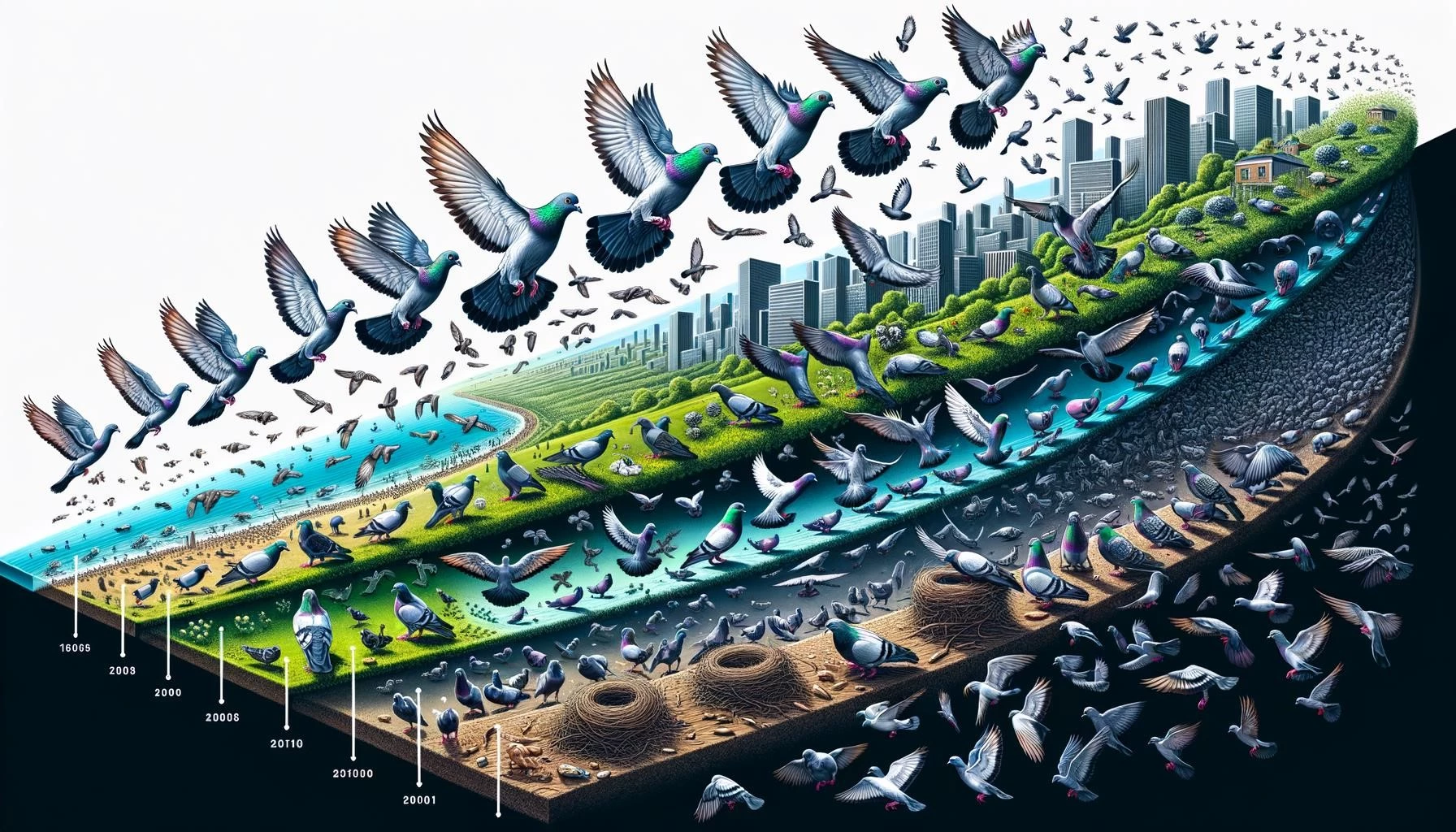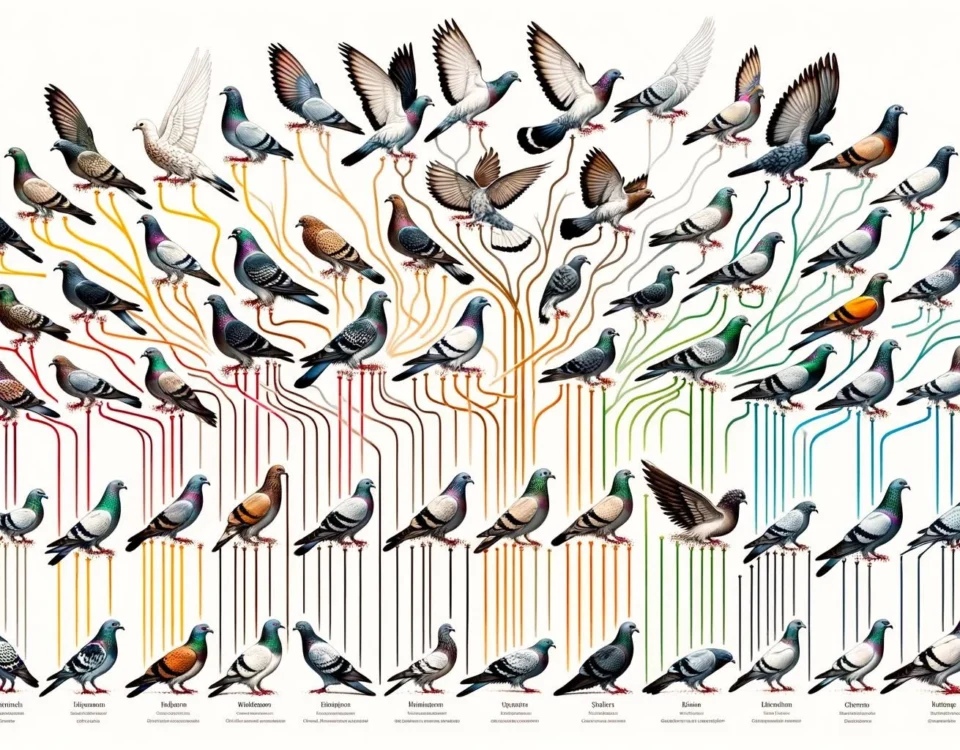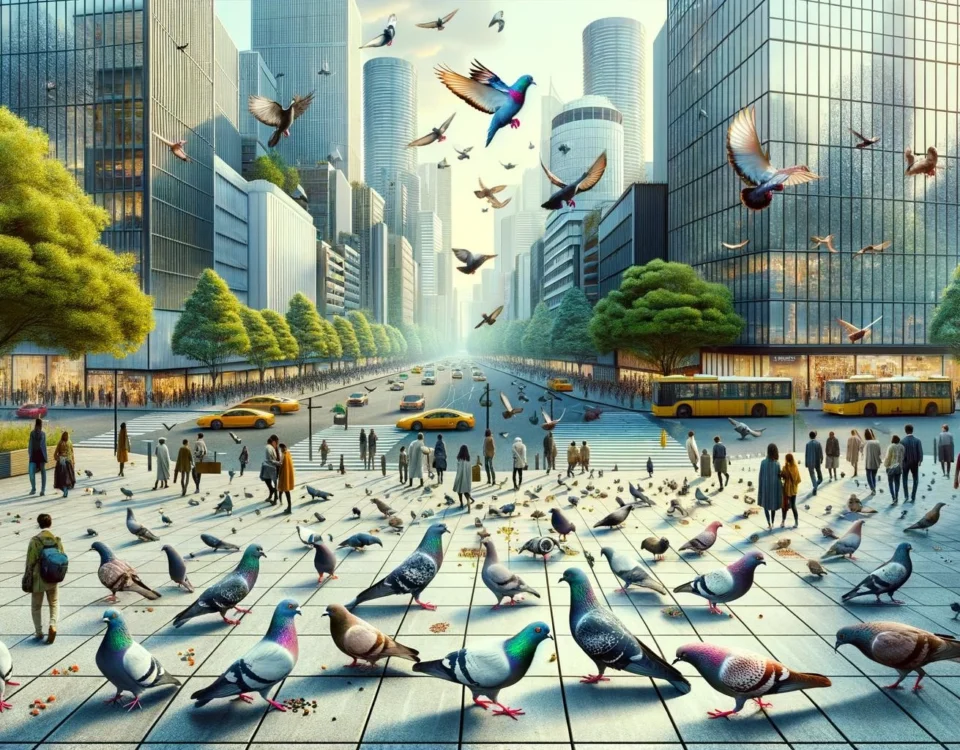Wild pigeons, also known as feral pigeons, are descendants of domestic pigeons that have returned to the wild. They are found in urban areas around the world and have seen an increase in population over the years. While other bird species may be disappearing, the population of wild pigeons continues to grow.
Key Takeaways
- Wild pigeons are descendants of domestic pigeons that have returned to the wild.
- The population of wild pigeons has been increasing over the years.
- Urban areas are highly susceptible to an increase in feral pigeon populations.
Factors Influencing Population Changes
Several factors contribute to the increase in population of wild pigeons:
- Domestication: Pigeons have been domesticated for more than 10,000 years, and only in the last century have they returned to the wild.
- Urbanization: As urban areas continue to grow and expand, they provide a suitable environment for wild pigeons to thrive.
- Food Availability: Pigeons are opportunistic feeders and can easily find food in urban environments, such as discarded food and grains.
- Reproduction Rate: Wild pigeons have a high reproductive rate, with a short nesting period and multiple breeding cycles per year.
Impacts of Wild Pigeon Population
The increasing population of wild pigeons can have both positive and negative impacts:
- Biodiversity: Wild pigeons contribute to urban biodiversity and play a role in seed dispersal and nutrient cycling.
- Public Health Concerns: Pigeons can carry diseases, such as salmonella and histoplasmosis, which can pose risks to human health.
- Property Damage: The acidic nature of pigeon droppings can cause damage to buildings, statues, and vehicles.
- Competition with Other Birds: The increase in pigeon populations can lead to competition for resources with other bird species.
In conclusion, the population of wild pigeons has been increasing due to factors like domestication, urbanization, and food availability. While they contribute to urban biodiversity, their increasing numbers can also lead to public health concerns and property damage. It is important to manage their populations to maintain a healthy balance in urban ecosystems.









